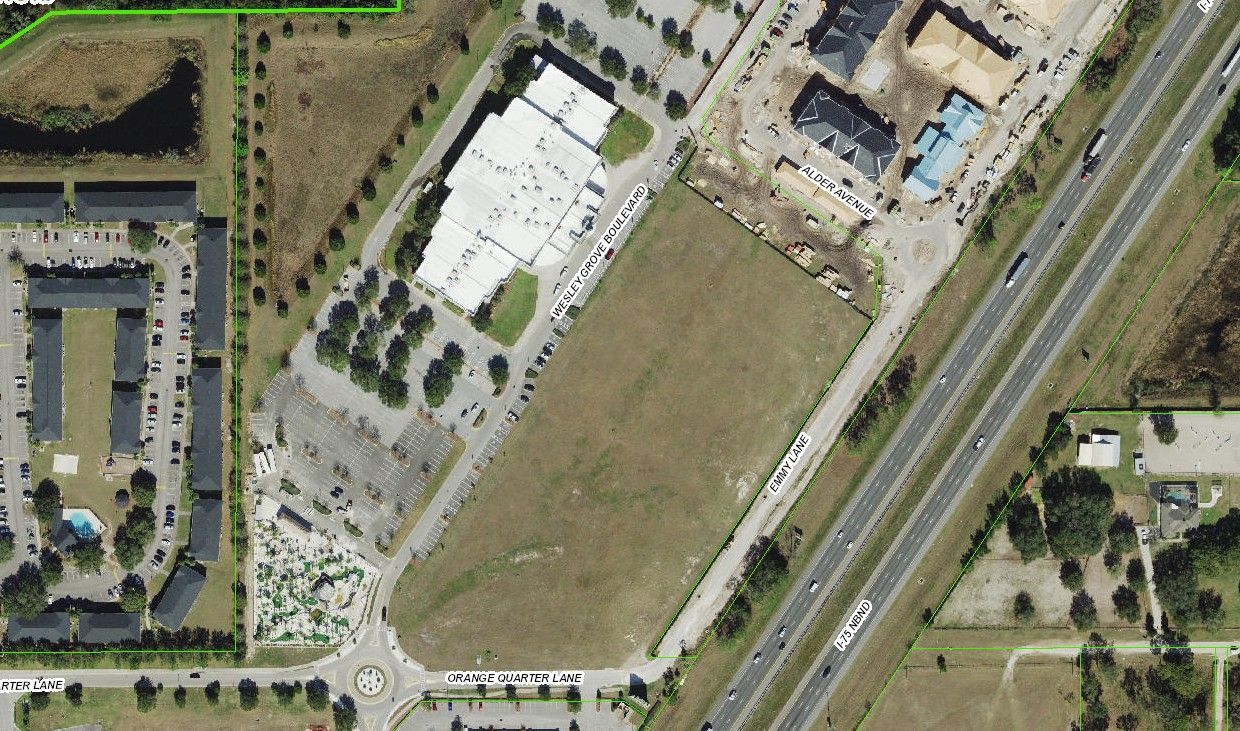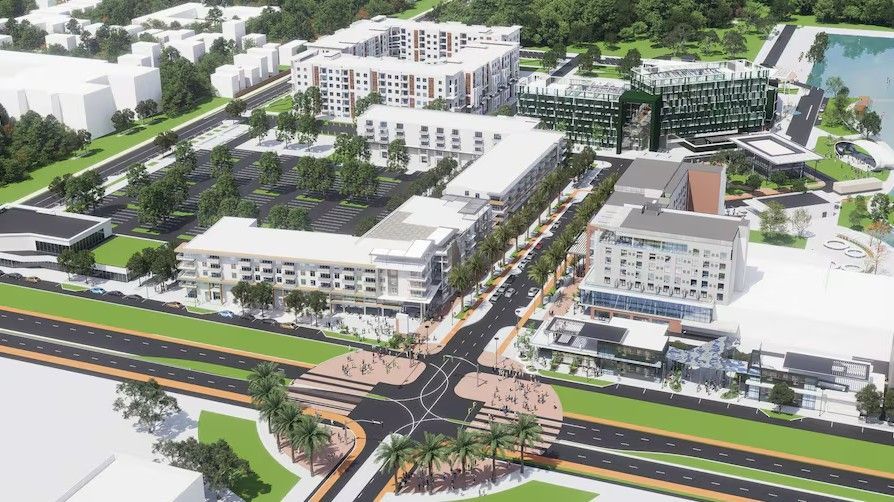Over $2.2 Trillion of Commercial Real Estate Debt Set to Mature Before 2028
In an already troubled market, commercial real estate will brace for a record amount of maturing loans, increasing the probability of a surge in loan defaults as owners of commercial real estate are forced to refinance at higher rates.
Date firm Trepp reports that 2023 saw the highest amount of debt backed by office buildings, hotels, apartments, and other forms of commercial real estate come due at $541 billion in a single year. Commercial debt maturities are anticipated to see continued rising with over $2.2 trillion coming due between now and the end of 2027. Many of these loans have been repaid or extended. In 2022 and 2023, many owners were able to tap into one- or two-year extensions that were built into their original loans.
Now, however, those extensions are expiring. Many borrowers are now confronting the higher rate environment, and they are also met with higher vacancies and a weakening cash flow – depressing property values. Owners and creditors are also grappling with challenges of expiration of deals made early in the pandemic, allowing them to delay payments until the worst of the pandemic passed.
Home mortgages have a principal that is paid off over time. Most commercial mortgages include ballon payoffs at 3, 5, or 10-year timeframes and some loans are interest only, meaning that when the debt matures the borrower has no option but to refinance or pay off the principal. Office buildings have been arguably hit the hardest due to remote and hybrid work, but damage to commercial real estate is widespread. Some multifamily markets are seeing an increase in vacancy rates, making it harder for landlord to increase rents or make payments on floating-rate debt. Additionally, industrial space is beginning to show signs of weakness.
Fitch Ratings are projecting the delinquency rate of commercial real estate loans that have been converted to securities will increase to 4.5% in 2024, then to 4.9% in 2025 which is more than double the 2.25% rate in 2023 as of November. Retail, hotel, and office delinquencies are all expected to rise according to Fitch. A decline in inflation and interest rates in recent months has somewhat eased the pain of refinancing, but borrowers will still have to refinance at much higher rates than those of their maturing loans.
Financial regulators are also expressing concerns that commercial property losses will spill into the broader financial system. Financially distressed properties can lead to a more widespread downward valuation spiral, which can reduce municipalities property tax revenues. In the 2023 annual report from the Financial Stability Oversight Council, a federal organization created after the 2008-2009 financial crisis to monitor risks to the financial system, the council warned financial institutions that they need to create more understanding of their exposure to commercial real estate. They were also warned to examine loans they made to other real-estate creditors.
Over $50 billion of loans maturing this year are from non-bank lenders, such as private equity firms and mortgage real estate investment trusts according to Trepp. Refinancing is the preferred route when loans mature, but it is a tricky road to navigate now with creditors coping with the Federal Reserve’s fastest hike in interest rates since the 1980’s.
There is an upside to all of this, though. Many commercial-property borrowers will have to work out deals with existing creditors when loans mature. Lenders will often agree to extend loans if owners agree to contribute additional capital. There are times where parties are not able to come to terms, or borrowers will prefer to hand property keys over to creditors rather than putting good money after bad. A weak property sales market has complicated negotiations, making it harder for borrowers and lenders to agree on what a property is worth. Borrowers tend to view property values in a more optimistic light than lenders, who look for worst-case scenarios. Thaddeus Wilson a partner at law firm King & Spalding, has been involved in nearly 50 workout negotiations in the past year. “At some point borrowers are going to have to come to grips that their lenders might be right about the values and look at it from the worst-case scenario,” he told the Wall Street Journal.
If you own Commercial Real Estate in West Central Florida, Cliggitt Valuation, Inc. is prepared to perform preliminary research and provide you with an accurate timeline for completion and a fair price for your appraisal and valuation needs. You can find our market areas by clicking here or click here to reach our contact page. Helpful information to include in your request is either a property address or parcel ID number, your name, email, and phone number, and other relevant information such as what you intend to use your appraisal for. We look forward to the opportunity to work with you!
Thank you for your interest. If you are in need of Appraisal & Valuation services in the West Central Florida Market, contact:
Mike Cliggitt, MAI, MRICS, CCIM
813.405.1705 | 863.661.1165 - Direct Lines
Source: The Wall Street Journal
SHARE CONTENT





